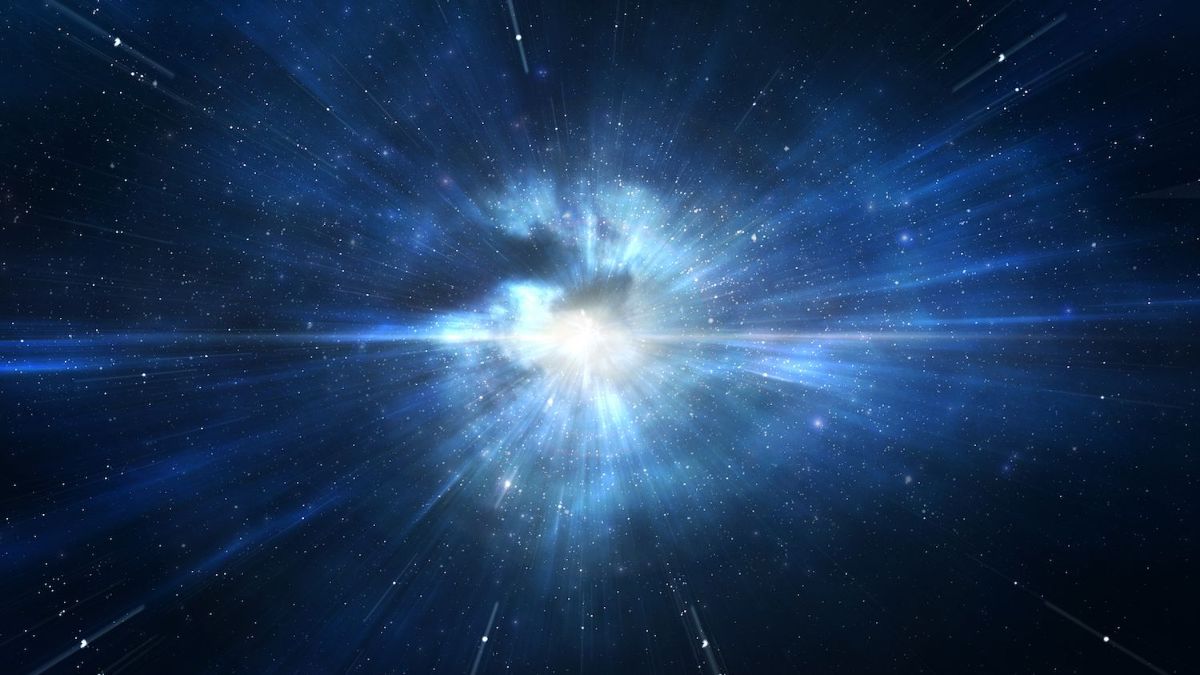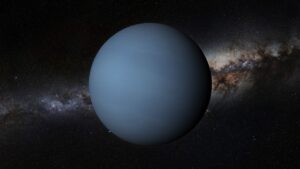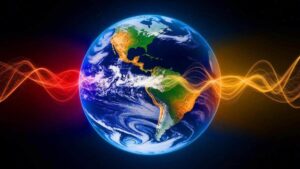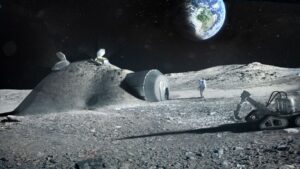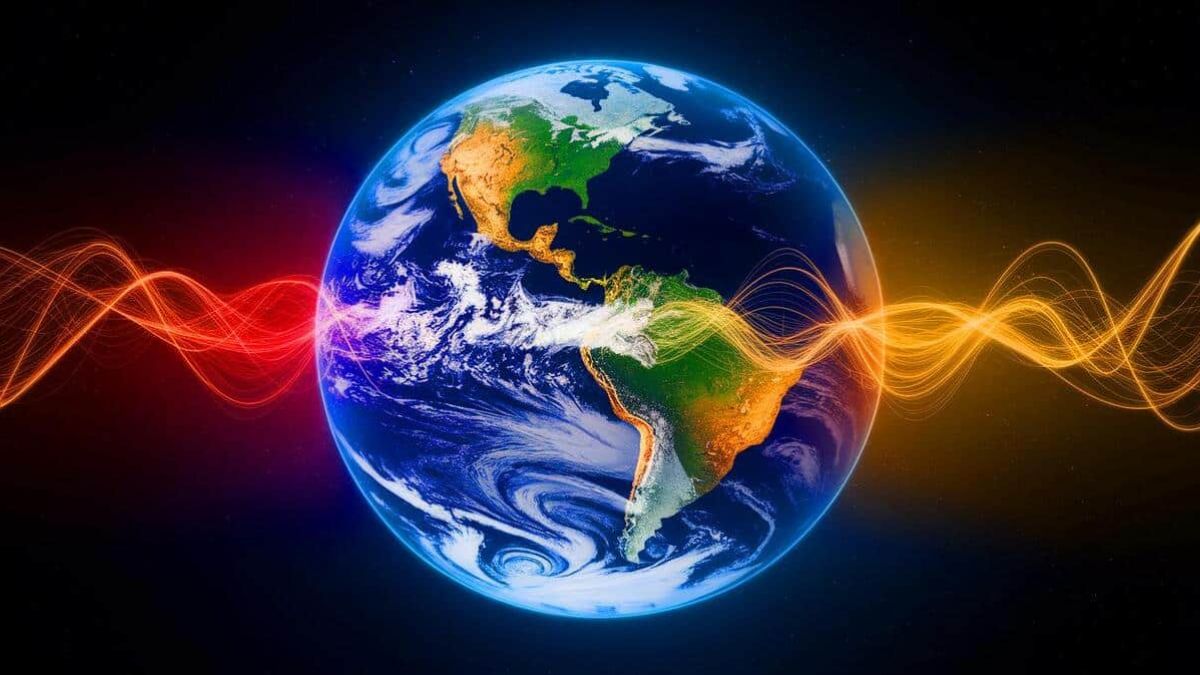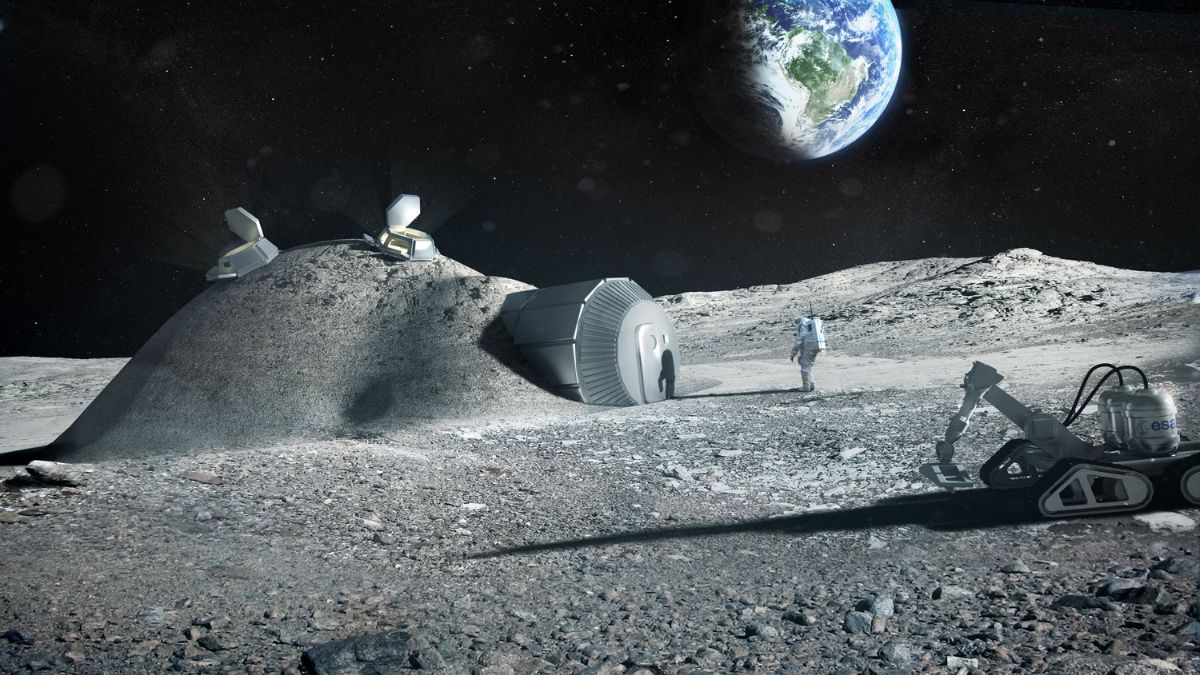Some discoveries don’t just fill in the blanks of science—they flip the whole story. That’s exactly what happened with the James Webb Space Telescope’s (JWST) detection of a small but fiercely bright galaxy that now holds the title of the most distant galaxy ever observed. Born just 280 million years after the Big Bang, MoM-z14 has shattered expectations, forcing scientists to rethink how fast the early universe evolved.
Discovery
MoM-z14 isn’t just another red dot in the sky. Discovered in April 2025, its light has been traveling through space for an estimated 13.5 billion years, making it the new cosmic distance record holder.
Using spectroscopic analysis, researchers confirmed a redshift of 14.44, meaning this galaxy existed when the universe was only 2% of its current age. That alone is groundbreaking—but what really stunned scientists was its brightness and compact size.
Size
MoM-z14 is about 500 light-years across, which is incredibly small by galactic standards. Its mass is comparable to the Small Magellanic Cloud, one of the Milky Way’s satellite galaxies.
But here’s the kicker: there are no signs of a black hole at its core. Usually, such brightness in galaxies is caused by active black holes feeding on surrounding matter. But MoM-z14 shines due to an entirely different reason—an extreme burst of star formation.
Starburst
This tiny galaxy isn’t just old—it’s been busy. Spectral data revealed that it has already gone through several generations of stars. That means stars have already been born, lived, exploded, and enriched the surrounding gas with heavier elements—all within 280 million years of the Big Bang.
Even more surprising, MoM-z14 has increased its star formation rate over the last 3 to 4 million years. It’s producing stars up to 10 times faster than before, as if it’s racing against time to shine.
Redshift
This record-breaking redshift (14.44) was confirmed through the way light stretched as the universe expanded. Originally ultraviolet, the galaxy’s light has shifted into the infrared spectrum, invisible to human eyes but perfectly detectable by the JWST.
This is exactly why the James Webb Telescope exists: to look deep into the past and find the first lights of the universe.
Implications
What does all this mean for our understanding of the universe? A lot. Before JWST, the standard model predicted that large, bright galaxies wouldn’t exist until at least 500–600 million years after the Big Bang.
But MoM-z14 is challenging that. It’s not alone, either. JWST has already found dozens of “little red” galaxies—compact, extremely luminous objects that formed early and fast. This may mean the universe organized itself much more quickly than previously believed.
Reionization
Another twist? The space around MoM-z14 appears to be reionized—cleared of the neutral hydrogen gas that filled the early cosmos. This shouldn’t have happened so early. Current models estimate the universe didn’t enter the reionization phase until at least 500 million years post-Big Bang.
So how did MoM-z14 get there first? Did it play a part in causing reionization? Or are there more galaxies like it, quietly rewriting our models?
The Big Picture
MoM-z14 is not just a record-breaker—it’s a game-changer. It tells us that small galaxies in the early universe may have played a much larger role in shaping cosmic history than we thought.
It also proves that the James Webb Telescope is just getting started. With every new deep-sky scan, it’s likely to uncover more unexpected wonders—like the recent discovery of a galactic superstorm even farther out.
The universe is young, wild, and unpredictable—and we’re just starting to listen to its story.
FAQs
What is MoM-z14?
It’s the most distant galaxy ever observed, 13.5 billion light-years away.
How old is MoM-z14?
It formed about 280 million years after the Big Bang.
Why is MoM-z14 so bright?
Due to intense star formation, not a black hole.
What does redshift 14.44 mean?
It shows how far and how old the galaxy is.
Did MoM-z14 cause reionization?
It may have contributed, raising questions about early universe timing.

